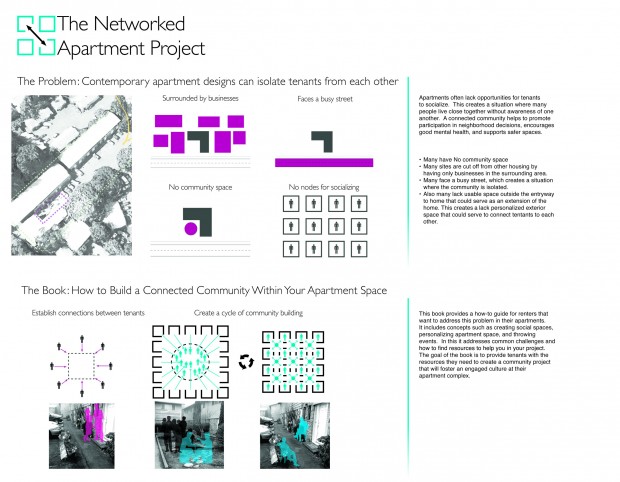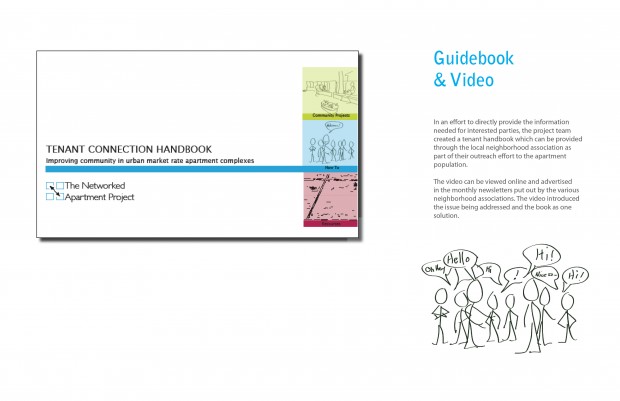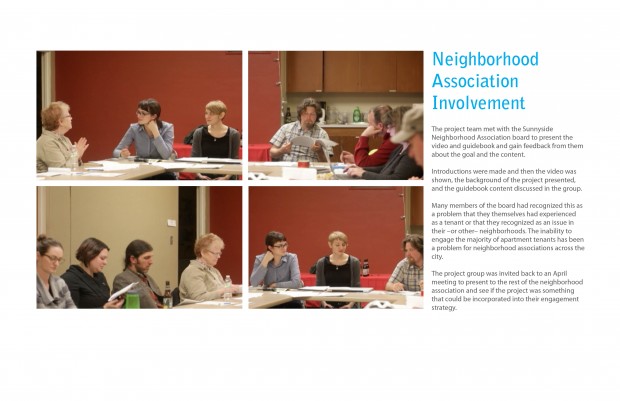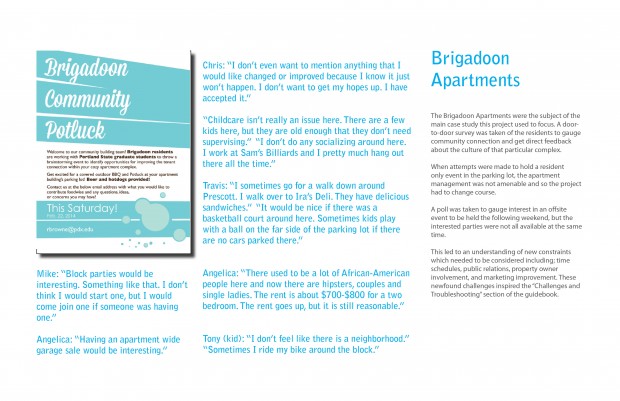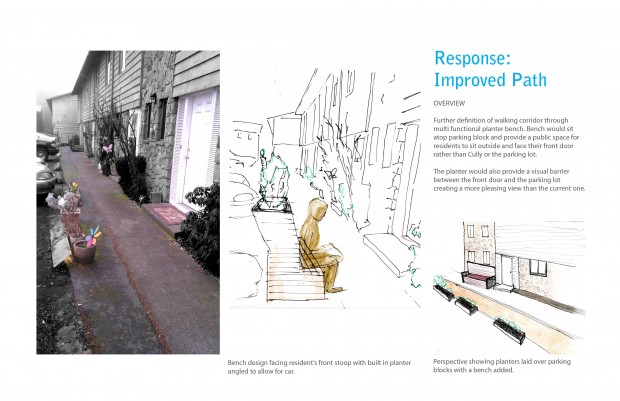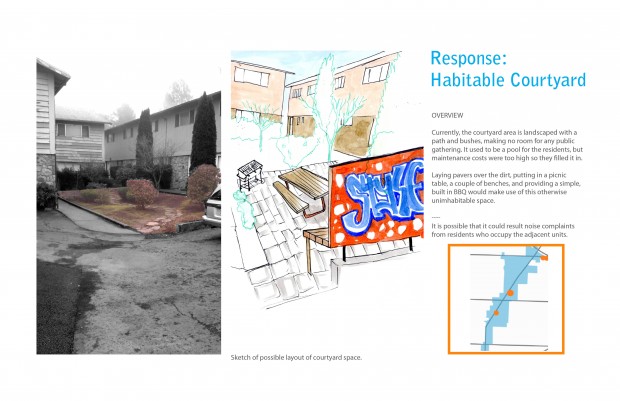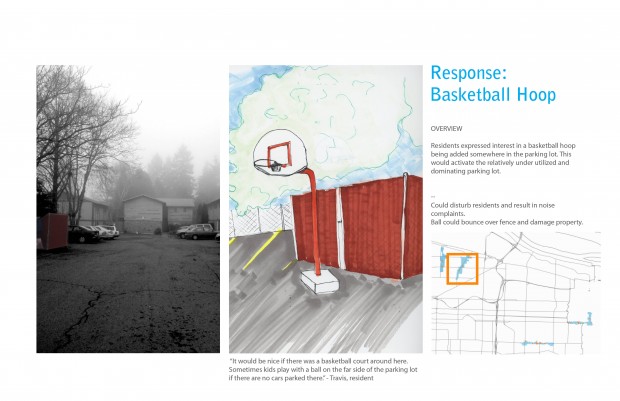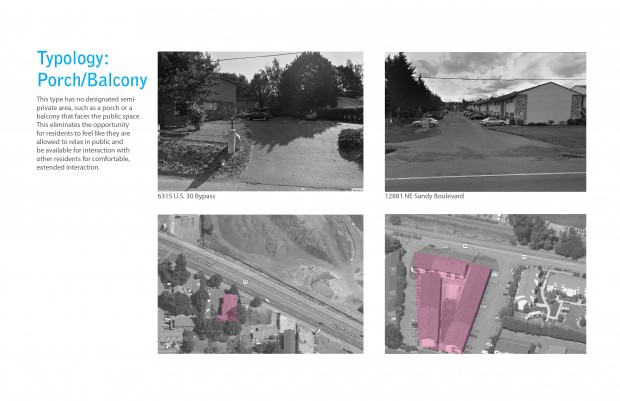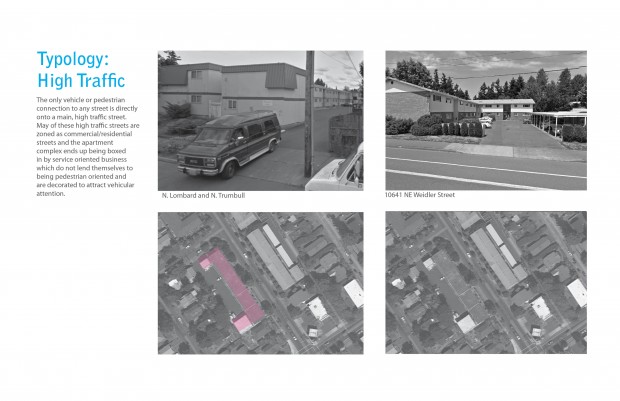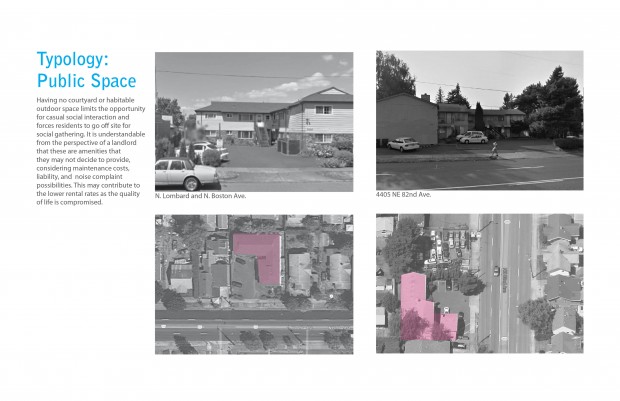Networked Urbanism
design thinking initiatives for a better urban life
apps awareness bahrain bike climate culture Death design digital donations economy education energy extreme Extreme climate funerals georeference GSD Harvard interaction Krystelle mapping market middle east mobility Network networkedurbanism nurra nurraempathy placemaking Public public space resources Responsivedesign social social market Space time time management ucjc visitor void waste water Ziyi
The contemporary Urban neighborhood of houses in the United States still reflects a collection of individual who are connected as a community in how they use there space. The house offers the ability to personalize the exterior space of your home in, is often more connected to neighborhood associations, and is integrated amongst other houses. The apartment complex however often lacks the same amenities afforded home owners. Apartments often lack opportunities for tenants to socialize. This creates a situation where many people live close together without awareness of one another. A connected community helps to promote participation in neighborhood decisions, encourages good mental health, and supports safer spaces.
Many have
• No community space
• Many sites are cut off from other housing by having only businesses in the surrounding area.
• Many face a busy street which creates a situation where the community is isolated.
• Also many lack usable space outside the entryway to home that could serve as an extension of the home. This creates A lack personalized exterior space that could serve to connect tenants to each other.
Our book provides a how-to guide for renters that want to address this problem in their apartments. It includes concepts like creating social spaces, personalizing apartment space, and throwing events. In this it addresses common challenges and how to find resources to help you in your project. The goal of the book is to provide tenants with the resources they need to create a community project that will create a long lasting improvement to at there apartments.
Our book will address types of projects a tenant can start in your apartment community including, upgrade the courtyard into usable space, organizing regular community events, putting up a bulletin board, personalizing the entryway, and creating seating in communal spaces. It will also include how to make a goal a community goal. Which will include throwing an event, going door to door, creating an apartment community blog space or a apartment website, and using existing community space to make more community space.
The book will also help you to present your idea to acquire funding and support for your project. Resources are available in the book to help with this including, contacting a local neighborhood association, finding local activist groups that could be involved, contacting a local University, and contacting local government organizations. Facilitating these projects can be hard which is why challenges and trouble shooting is also addressed in the book to give the user all the tools they will need to get there project going.
Below is our project in action. We presented our video and handbook to a neighborhood association in Portland and their response validated the importance of what we were doing.
